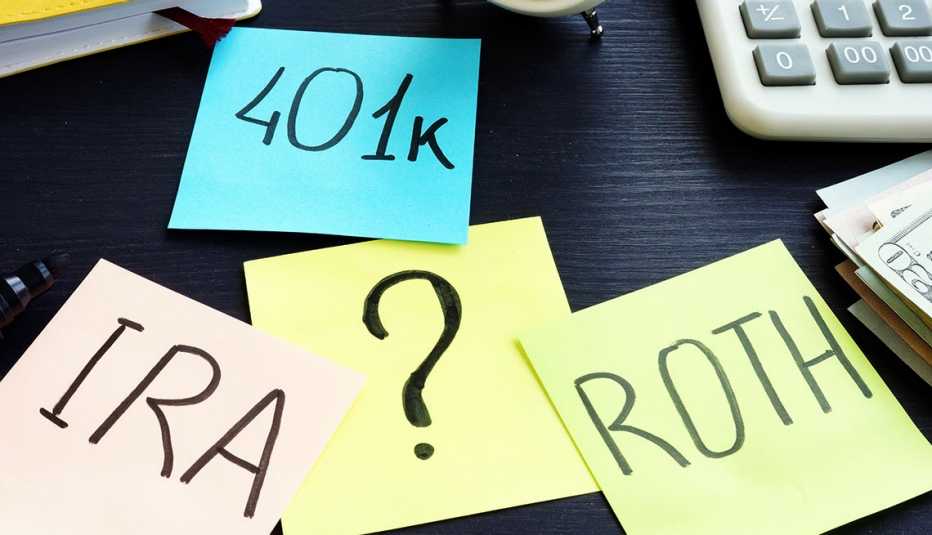AARP Hearing Center


According to Federal Reserve data, 61 percent of U.S. adults have a tax-preferred retirement account such as a 401(k) or individual retirement account (IRA). Since their introduction in the 1970s, these savings vehicles — built by our contributions and expanded by investment returns — have become a cornerstone of Americans’ retirement security. How much do you know about how IRAs and 401(k)s work and how they differ? Take our quiz to find out.































































More From AARP
Quiz: What Do You Know About Getting Ready to Retire?
Test your smarts to help secure your financial future
How to Start Saving For Retirement at 50
It's never too late to build your nest egg
For Retirement, Practice Makes Perfect?
A warm-up can iron out next-chapter kinks